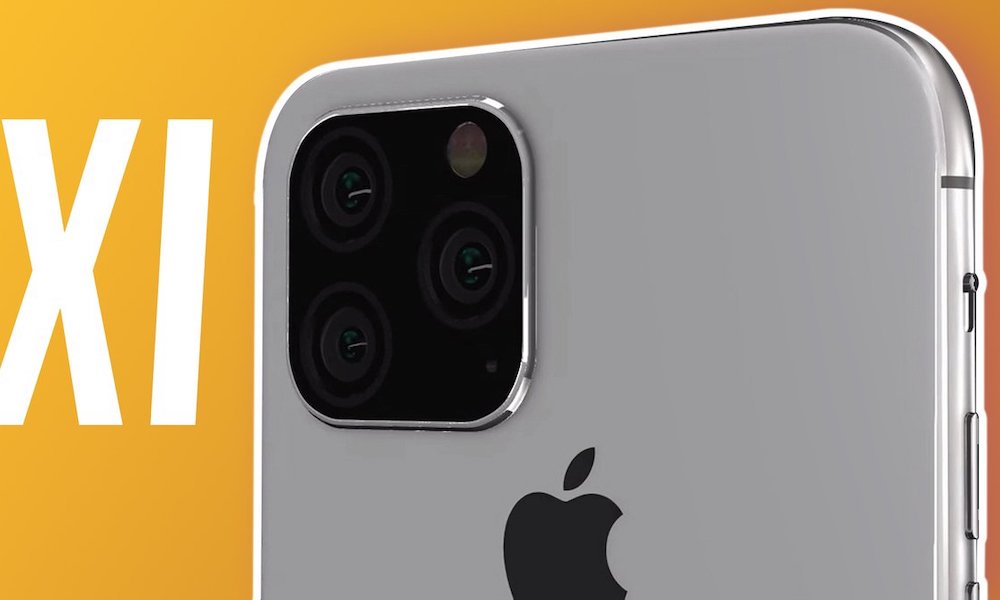Unfortunately, More Reports Hint Your Next iPhone Won’t Feature 3D Touch
 Credit: Twitter / Jackson Taylor
Credit: Twitter / Jackson Taylor
Toggle Dark Mode
A pair of DigiTimes supply chain reports published this week suggest that this year’s iPhone lineup could feature some major changes when it comes to their displays. Here’s what you should know.
3D Touch Getting Killed Off
DigiTimes, citing unnamed industry sources, reported that Apple “may” remove 3D Touch from its entire 2019 iPhone lineup. That would include the successors to the iPhone XS and iPhone XS Max (since the 2018 iPhone XR already lacks 3D Touch).
On the supply chain side of the equation, it means that this year’s iPhone lineup will be the first in some time to not be equipped with a pressure-sensitive display layer. That will ultimately make iPhones simpler to produce, and could mean that suppliers will make less money per unit than before.
We’ve been hearing quite a few rumors suggesting that 3D Touch is on the chopping block. Barclays first predicted back in August 2018 that the feature would get killed off this year, and The Wall Street Journal corroborated that rumor in January.
There have been other hints at 3D Touch’s demise, too. Apple has added previously 3D Touch-exclusive features, like Quick Actions and Peek, to all iPhones and iPads in iOS 13 and iPadOS. Those actions can now be triggered with a long press instead of a firm press.
3D Touch is still functional in iOS 13 and is likely to be supported in future versions of iOS. That’ll bode well for 3D Touch iPhone users, since the feature comes with a few benefits over Haptic Touch.
New OLED Supplier
A separate but somewhat related DigiTimes story this week also claimed that Apple is looking to add a new OLED supply chain partner into the mix this year.
Historically, Samsung Display has been Apple’s sole supplier of OLED panels for its iPhones. That isn’t a position Apple likes to be in, however. The company has long tried to reduce its reliance on individual suppliers for specific components.
The Taiwanese publication suggests that Apple is mulling tapping China-based BOE Display for future OLED panels. More specifically, DigiTimes reports that recent Japanese export regulations on Korea could threaten OLED production in that country. (Samsung is based in Korea.)
On the other hand, it appears that the deal is still in the negotiation phase. So nothing is set in stone.
Although Samsung is the only producer of OLED panels for iPhones, Apple sources the OLED displays for its Apple Watch and MacBook Pro Touch Bar from LG.
What This Means For You
Apple diversifying its OLED supply chain could mean that it has more power to negotiate component prices and could better deal with supply yield issues. And an iPhone lineup without 3D Touch could, hypothetically, be cheaper. All good things for consumers looking to buy an iPhone.
While 3D Touch isn’t Apple’s most popular feature, it is well-loved by many users. On the flip side, adding 3D Touch actions to a wider range of iPhones could breathe new life into older devices.
[The information provided in this article has NOT been confirmed by Apple and may be speculation. Provided details may not be factual. Take all rumors, tech or otherwise, with a grain of salt.]







